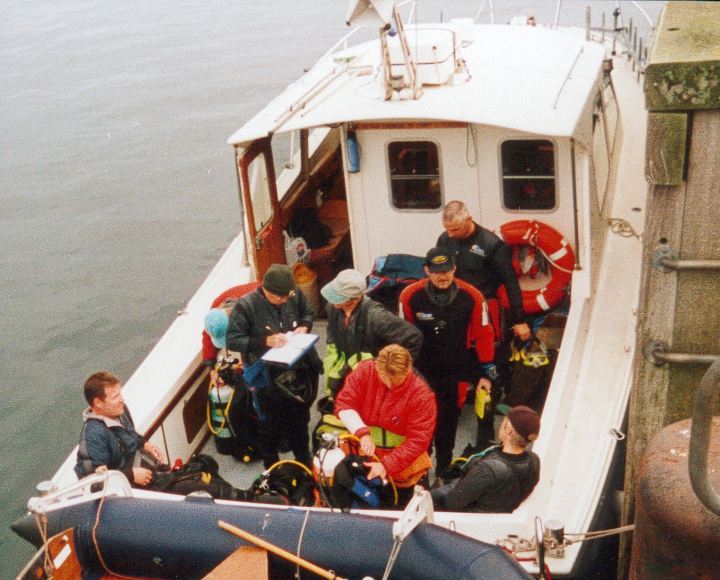 |
|
 |
|
People don't stay on boats for ever, so at some stage, they have to get back to land.
If the boat is small, it can just be beached, which means that it is run up on the sand, so people can get out.

|
|
If it is a bit bigger, like a yacht, it has a deep keel under the boat. This means that it cannot get too close to shore. People on yachts have a tender, which is another name for a dinghy. This is tied on behind the boat. When people want to go ashore, they climb down into the dinghy, and then they can row ashore. |
|
Some yachts don't have a wooden or a fibreglass dinghy that they pull along behind them. They may have an inflatible craft that can be stored without any air in it, so it doesn't take up too much room. Then they can inflate it, and use it to go ashore. Inflatibles aren't easy to row, so mostly people use an outboard motor. |
|
|
|
For hundreds of years, people in many parts of the world have built wharves in places where boats come in. A wharf is a long construction, like a wooden road. It is held up on concrete or specially treated wooden poles (treated so they don't rot). Boats can come in to the deep water at the end of the wharf, and tie up there. They can unload their cargo, and passengers, who can then walk to dry land. |

This boat here is tied up to a wharf.
Boats use buffers (like big hard cushions) that they can hang between the boat and the wharf, so the side of the boat isn't damaged as the boat bangs against it.
|
|
Huge container ships come in to a special container wharf, where there are huge cranes. The cranes lift the containers off the boat, and put them on the wharf, where they can be loaded on to trucks, and driven to their final destination. |